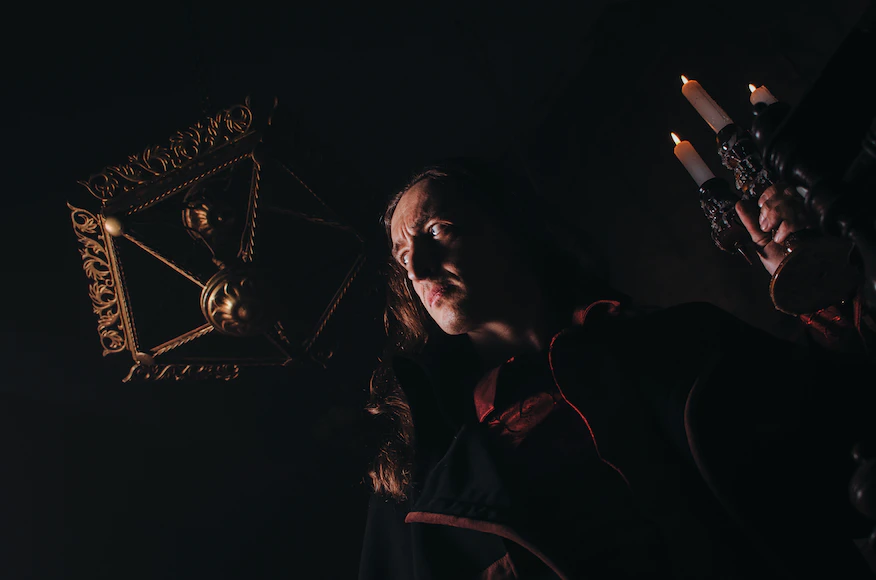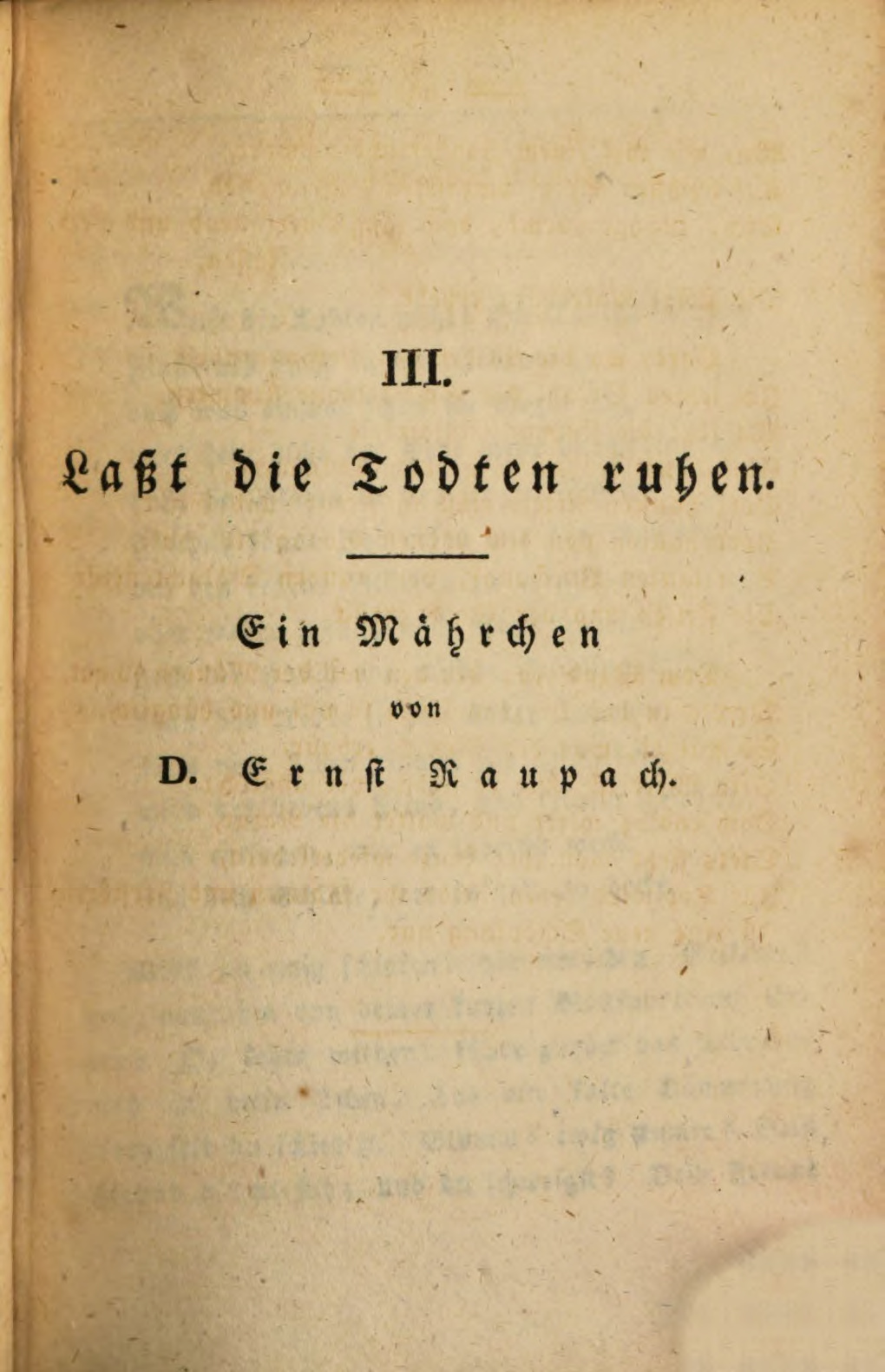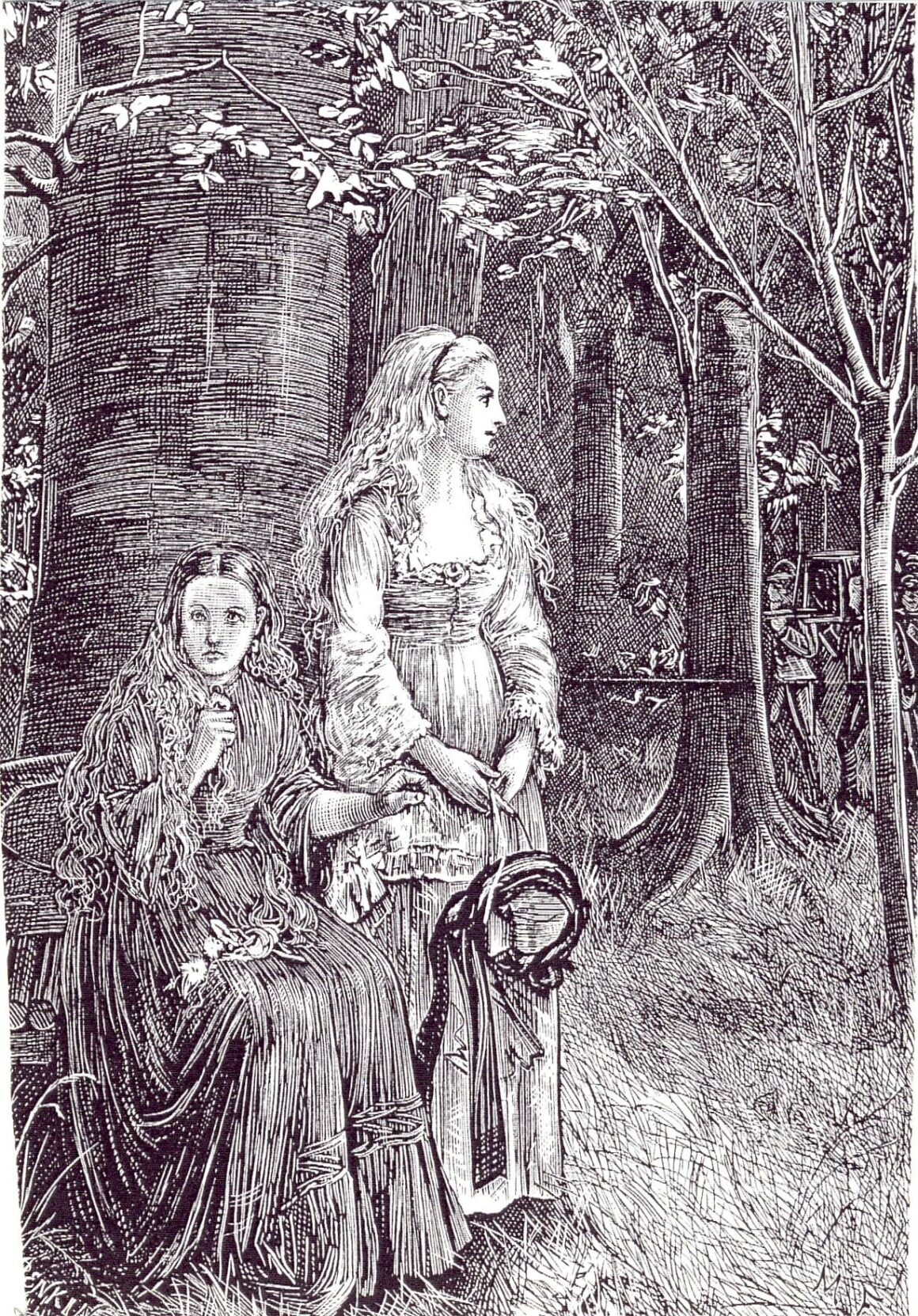It’s about that time of the year to start reading something spooky, and vampire stories are a great way to kick off the spooky season. The first one that might come to mind is probably Bram Stoker’s Dracula. While Bram Stoker’s Dracula is one of the more popular vampire novels, here are five classic stories that came before it.
The Vampyre
Dr. John William Polidori wrote The Vampyre and published it in 1819. The inspiration came from a friendly contest Lord Byron held one rainy summer in 1816. The contest also resulted in the creation of Mary Shelly’s Frankenstein and an unfinished vampire story called Fragment of a Novel by Lord Byron.

The story begins with the main character, Aubrey, meeting Lord Ruthven at a social event in London. They end up traveling together but part at some point. After they meet again, Lord Ruthven dies from wounds he sustained during a bandit attack. When Aubrey returns to London after Lord Ruthven’s death, he finds that Lord Ruthven is alive and well. The lord then becomes engaged to Aubrey’s sister. Aubrey dies before she can warn her sister and she marries Lord Ruthven. She is killed on their wedding night and found drained of blood.
An interesting fact about this story is that Lord Ruthven was entirely based on Lord Byron. Dr. John Polidori was Lord Byron’s physician during the time of the contest.
The Black Vampyre: A Legend of St. Domingo
Uriah Derick D’Arcy wrote the American short story, The Black Vampyre, published in 1819. It is the first American vampire story and likely the first anti-slavery story.
A young slave boy dies at the hands of his owner. He returns from the dead as a prince, resurrected as a vampire, and marries his owner’s wife. The prince turns her into a vampire and resurrects her husband as one as well. After that, he forgives his former owner and gives the couple their son, who was previously thought to be dead, as a sign of goodwill. Later on, the Prince dies at a vampyre ball where only the owner, his wife, and his son survive. The family returns to being human but the wife is pregnant with the vampire’s child.

Wake Not the Dead
Ernst Raupach wrote the German short story, Wake Not the Dead or Laßt die Todten ruhen (Let the Dead Rest). Minerva magazine published it in 1823.
The story starts with Walter mourning the death of his first wife, Brunhilda. Walter’s fixation leads him to find a sorcerer to whom he demands Brunhilda’s resurrection despite several warnings not to wake the dead. The sorcerer eventually concedes and resurrects Brunhilda. Due to her resurrected state, Brunhilda craves blood and begins feeding on children in the area. Walter then has to kill her with a dagger given to him by the sorcerer. After she dies, the sorcerer warns that Brunhilda will return if Walter intentionally thinks of her.
La Morte Amoureuse
Théophile Gautier wrote the french short story, La Morte Amoureuse or The Dead Woman in Love. La Chronique de Pari published it in 1836.
A priest becomes enchanted by a woman called Clarimonde but he soon finds out that she has died. However, Clarimonde later shows up in the priest’s bed chambers and they run away together. They travel to Venice together where the priest notices her health beginning to decline. Clarimonde recovers after drinking his blood and he realizes that she is a vampire. Despite that, he stays with her and falls in love, continuing their affair. Another priest later convinces him to visit Clarimonde’s resting place and the other priest kills her. She later appears in her former lover’s bed chambers and expresses her anger over his betrayal. Then, Clarimonde vanishes forever, leaving him filled with regret.

Carmilla
Carmilla is a gothic novella, written by the Irish author Sheridan Le Fanu. The Dark Blue published it as a serial in 1872. The novella features a lesbian vampire but never describes homosexuality as a negative trait.
The story begins with Laura who lives alone with her father until a carriage accident brings Carmilla to their home. She and Laura become fast friends despite Laura feeling curious about Carmilla’s strange habits. After some time, a feline creature attacks Laura in her sleep and she falls ill. Her father then takes Laura away to visit a friend of his, who reveals to have lost his daughter in the same way. It turns out that Carmilla, who is a vampire, had met them as well but under an anagram. Baron Vordenburg, the descendant of a famous vampire hunter, joins them. With his help, they find Carmilla’s tomb and put an end to her.
There are a lot of vampire stories out there. If you’d like to learn about more of them, feel free to leave a comment!
